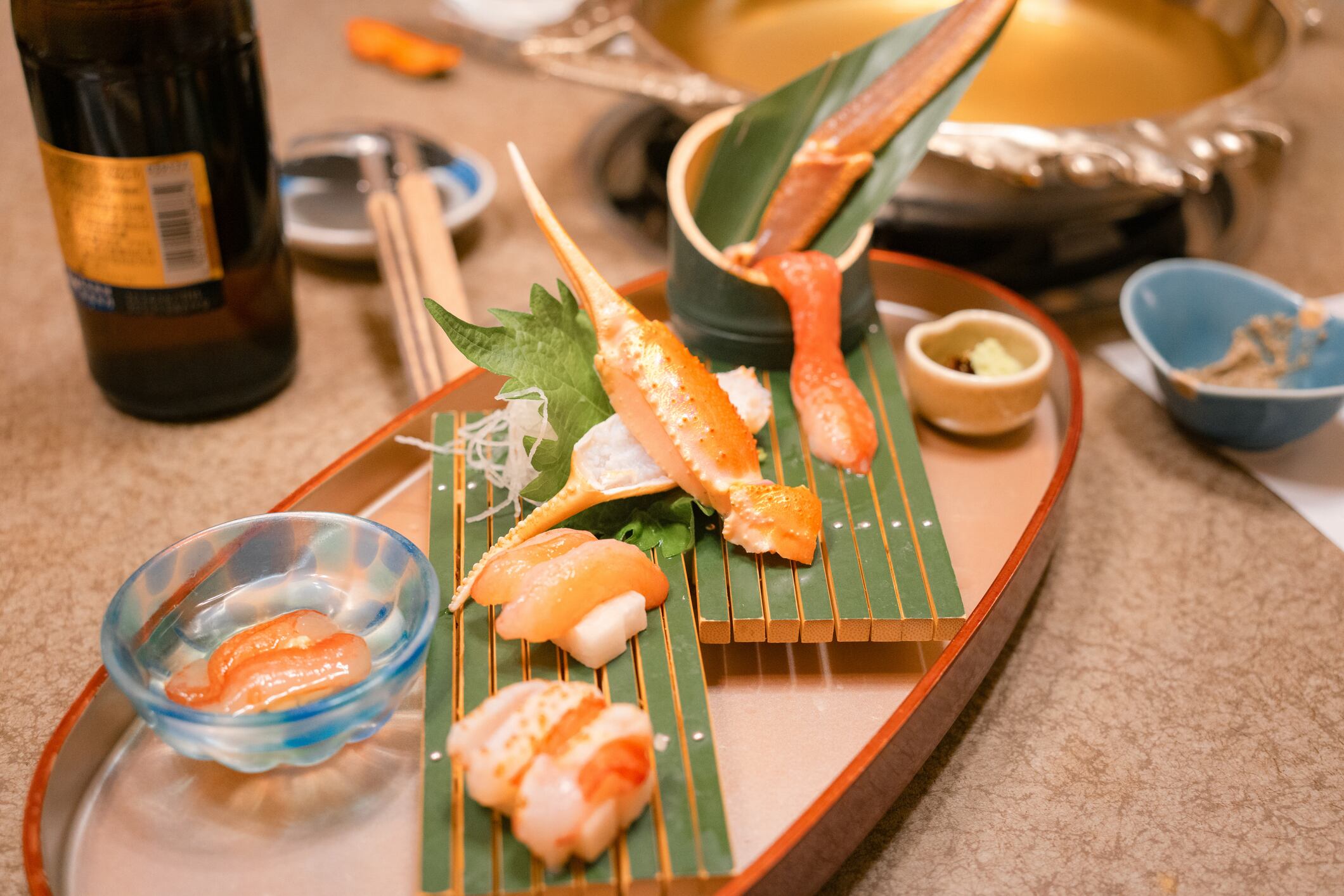Globally, 20% of consumers are eating more fish and seafood, driven by variety and novelty, according to Innova Market Insights’ 2025 seafood trends report.
New product development has centred on tuna, salmon, shrimp and sardines, often minimally prepared through marination, pre-frying or breading.
Industry experts note seafood’s versatility, nutrition and alignment with healthier, sustainable lifestyles – especially in Asia-Pacific, where consumers prefer trans-fat free and nutrient-rich options.
This is drawing seafood firms from Europe and Canada to Asia.
“Asia is a slow burner, but it has always been our target market. Europe has consistent demand, but in Asia, the opportunities are growing,” said Adam Wing, Seafood Scotland’s head of trade marketing for UK, Middle East & Asia.
Wing was speaking as a panelist at a discussion on South East Asia Seafood Market Trends at Seafood Expo Asia, held at the Sands Expo and Convention Centre in Singapore.
Fellow panellist Nicolas Thériault, global seafood marketing specialist for Government of New Brunswick Canada, added:
“Growing a market takes time. Businesses need to grow through making connections and having presence. The China market is an example of how having patience pays off.
“We’ve been working with China since 2015, and now it is the second largest importer of Canadian goods,” said Thériault.
He added that Canada, long reliant on the US before tariffs hit, now aims to capture 5–10% market share elsewhere.
The Canadian government is focused on growing trade presence in the Indo Pacific region. It established the Indo-Pacific Agriculture and Agri-Food Office (IPAAO) in Manila to promote Canadian agri-food and seafood exports, identify market opportunities, and strengthen trade relationships in the region.
Opened by the Minister of Agriculture and Agri-Food in February 2024, this office represents a key initiative within Canada’s Indo-Pacific Strategy to enhance market access and build strong partnerships for Canadian food products, including seafood.
Targeting seafood growth in Asia
Experts highlighted that a chef-led approach is key for marketing and branding seafood.
Seafood is a premium product that requires a chef-led educational approach, said Wing.
“It is also crucial for businesses to conduct training sessions for chefs on how to handle or cook seafood products so that they will remember your brand,” said Nicolas Brossard, South East Asia director of French consultancy firm Ocean Consult.
Lobsters and snow crabs are among the premium seafood items that are seeing increasing demand fuelled by Asia’s booming tourism sector, and the rise in spending power among maturing populations.
“Asians are very appreciative of seafood, and this is very clear based on the demand from the growing middle class,” said Wing.
This is reflected in data from Statista, which projected Asia’s revenue for fish and seafood market to reach US$30.22bn in 2025.
Revenue is expected to show a compound annual growth rate (CAGR) of 11.26% from 2025 to 2030, resulting in a projected market volume of US$51.53bn by 2030.
By comparison, Europe’s revenue is forecast at US$3.65bn in 2025, growing to US$5.37bn by 2030 at a CAGR of 8.02%.
The Americas are expected to hit US$8.23bn in 2025 and US$10.99bn by 2030, with a CAGR of 5.97%.


